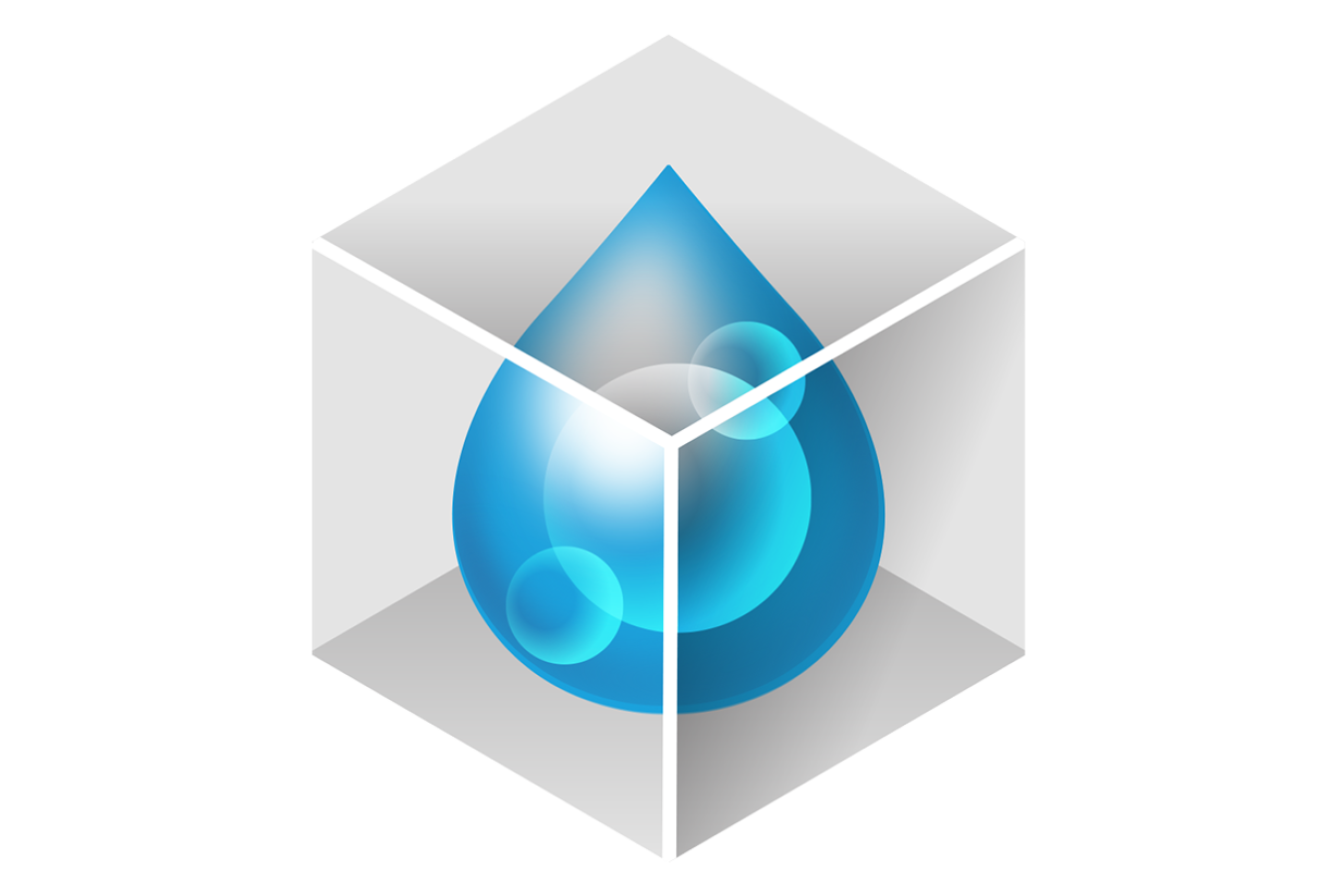
LABORATORY
National Renewable Energy Laboratory (NREL)
CAPABILITY EXPERT
Steven Harvey
CLASS
Benchmarking
Characterization
WATER-SPLITTING TECHNOLOGY
High-Temperature Electrolysis (HTE)
Low-Temperature Electrolysis (LTE)
Photoelectrochemical (PEC)
Solar Thermochemical (STCH)
Description
Secondary ion mass spectrometry (SIMS) is a powerful analytical technique useful for measurements of organic surfaces, dopants and impurities in solids, and diffusion across interfaces.
Time of Flight SIMS (TOF-SIMS) provides surface spectroscopy of both inorganic and organic materials, and is capable of detection limits in the sub-ppm range. High-lateral-resolution (>80 nm) chemical imaging is also possible; recent TOF-SIMS work at NREL has focused on understanding grain-boundary segregation effects in materials such as thin-film polycrystalline CdTe via high-resolution 3-D tomography.
Dynamic SIMS excels at measuring dopant concentrations at extremely low levels in solid materials. Dopants are routinely measured in the parts-per-billion (ppb) and sub-ppb levels.
Capability Bounds
The largest sample which can fit into the NREL system is 3x5 inches in size; the smallest samples we can measure are a few square millimeters. While TOF-SIMS can investigate organics and organic coatings, dynamic SIMS is only capable of investigating inorganic materials. Materials must be stable in vacuum at room temperature.
Unique Aspects
The NREL TOF-SIMS is a near state-of-the art ION-TOF TOF-SIMS V. The primary operator at NREL has extensive and varied experience utilizing TOF-SIMS to investigate a variety of materials including oxides, organics, and semiconductors. The NREL dynamic SIMS is a CAMECA 7F spectrometer capable of routinely measuring dopants in the ppb concentration range.
Availability
These capabilities are available for use within the HydroGEN consortium effort with no significant restrictions. NRELs staff are available to perform measurements, and can also host visitors to NREL.
Benefit
TOF-SIMS is an extremely versatile technique capable of non-destructive investigation of surface coatings, as well as high-resolution imaging and tomography. Dynamic SIMS can measure dopants with sensitivity unmatched by most other methods.
Images
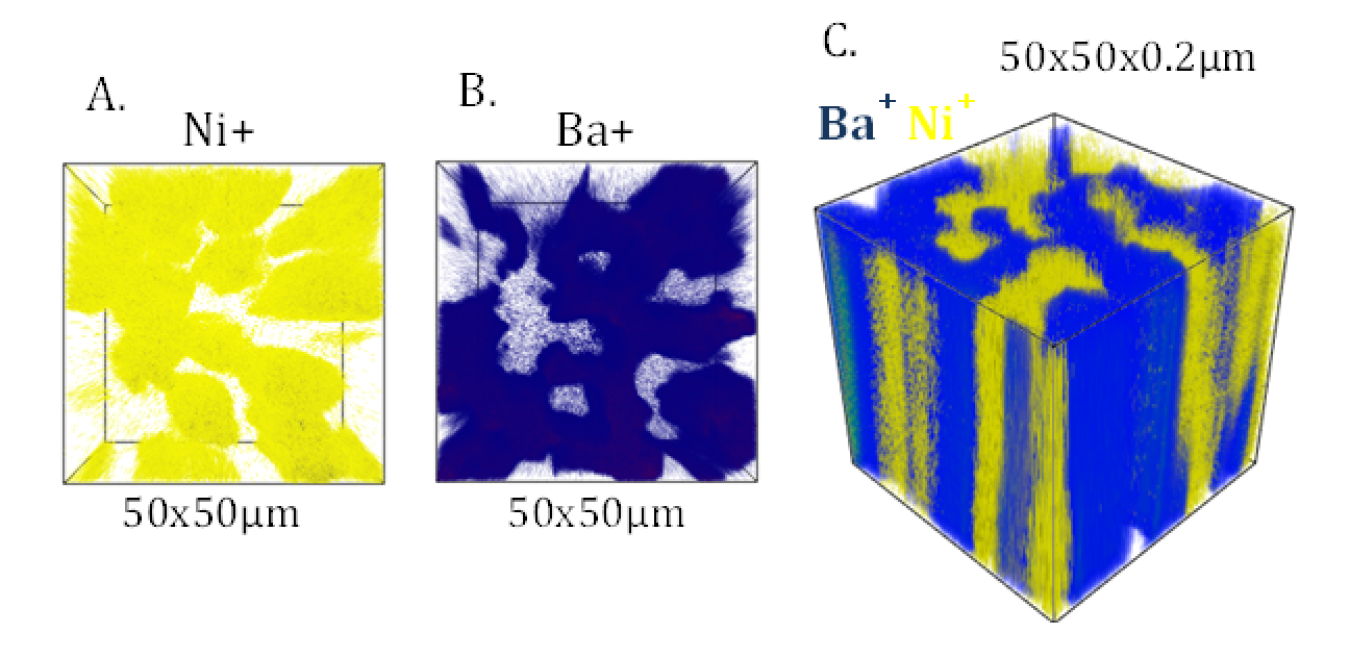
Figure 1. A. 50x50µm image of the Ni signal in a composite NiO/Ba(1-x)YxCe(1-Y)ZryO3. B. 50x50µm image of the Ba signal in a composite NiO/Ba(1-x)YxCe(1-Y)ZryO3. C. 3-D rendering of both the Ba (blue) and Ni (yellow)signal in a composite NiO/Ba(1-x)YxCe(1-Y)ZryO3.
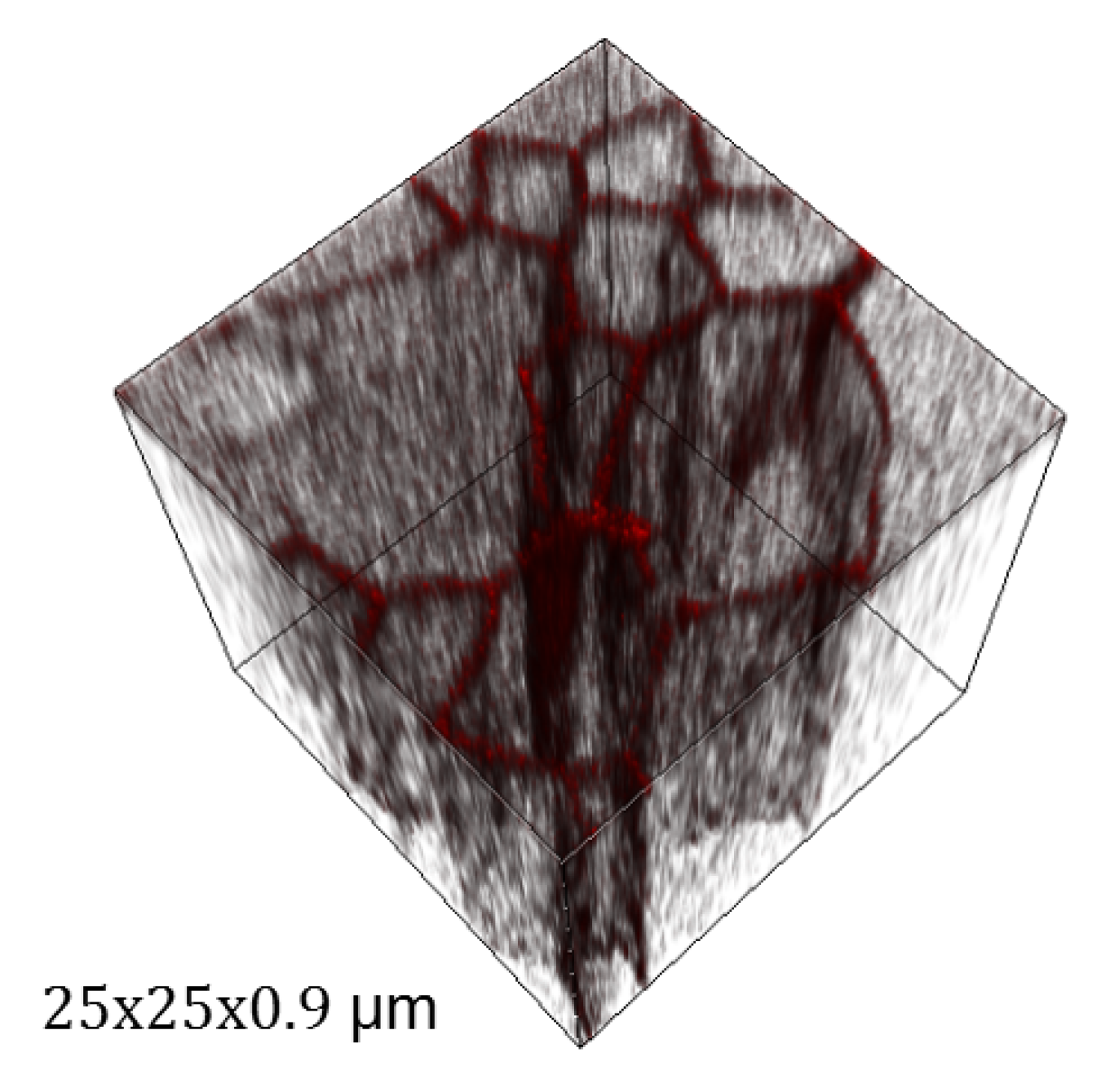
Figure 2. 3-D rendering of phosphorous dopant distribution in polycrystalline CdTe. High signal is red, at the grain-boundaries, and low signal is black, in the grain interiors.
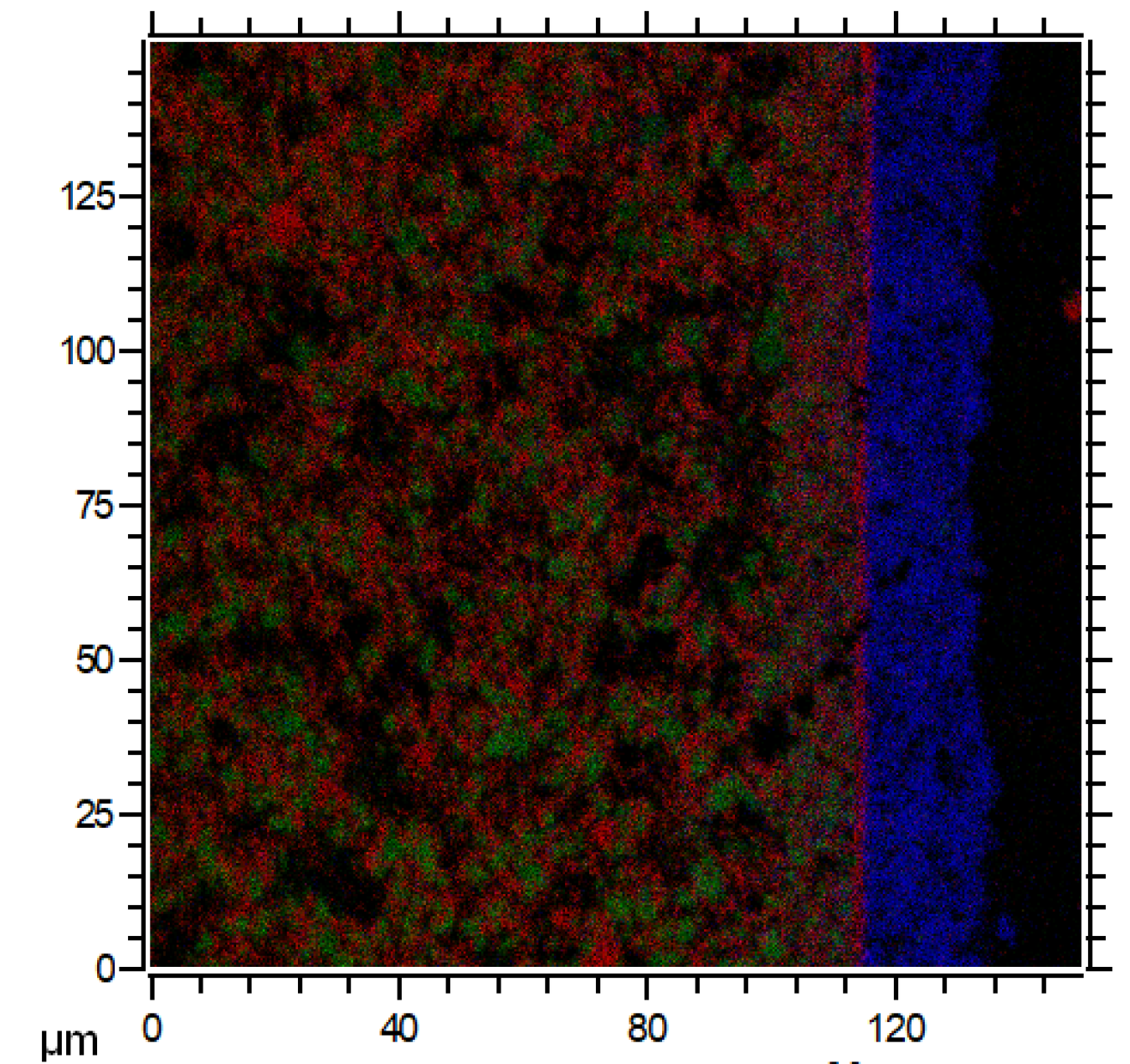
Figure 3. 2-D RGB image of a fuel cell cross section, Zr red, Ni is green, and Gd is blue. TOF-SIMS can be used to investigate ion migration after prolonged testing, as was done here.
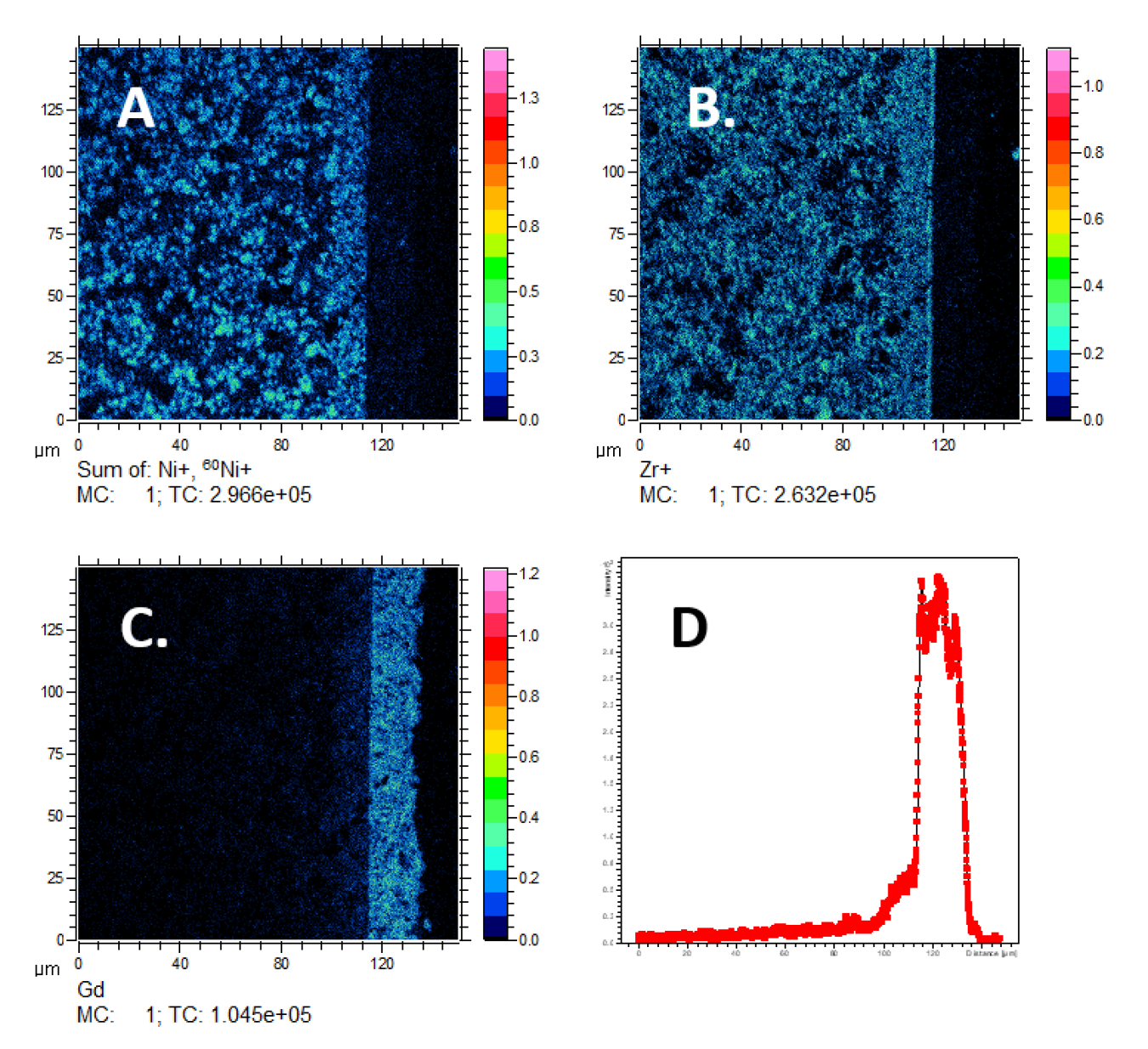
Figure 4. Expansion of data from Figure 3. A is the Ni image data, B is the Zr data, C is the Gd image. In A-C the color scale at right is intensity in counts/pixel. D. Line-scan of the image data for Gd in C, showing the fidelity of the layer, which could be used for tracking ion migration after testing.
References
Harvey, S.P., J. Messinger, K. Zhu, J.M. Luther, and J.J. Berry, Investigating the Effects of Chemical Gradients on Performance and Reliability within Perovskite Solar Cells with TOF-SIMS. 2020. 10(26): p. 1903674.
Harvey, S.P., J. Moseley, A. Norman, A. Stokes, B. Gorman, P. Hacke, S. Johnston, and M. Al-Jassim, Investigating PID shunting in polycrystalline silicon modules via multiscale, multitechnique characterization. Progress in Photovoltaics: Research and Applications, 2018. 26(6): p. 377-384.
Colegrove, E., S.P. Harvey, J.-H. Yang, J.M. Burst, D.S. Albin, S.-H. Wei, and W.K. Metzger, Phosphorus Diffusion Mechanisms and Deep Incorporation in Polycrystalline and Single-Crystalline CdTe. Physical Review Applied, 2016. 5(5): p. 054014.
http://www.nrel.gov/materials-science/interfacial-surface-science.html
Contact us to find out more about collaboration opportunities and access the capability nodes within the HydroGEN network.

